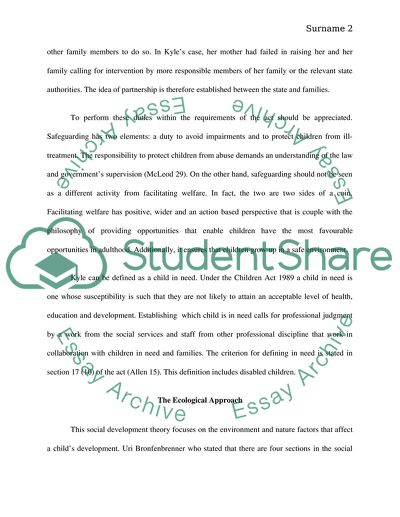Cite this document
(Childrens and Families Social Care Case Study Example | Topics and Well Written Essays - 1500 words, n.d.)
Childrens and Families Social Care Case Study Example | Topics and Well Written Essays - 1500 words. Retrieved from https://studentshare.org/sociology/1808562-childerns-and-families-social-care
Childrens and Families Social Care Case Study Example | Topics and Well Written Essays - 1500 words. Retrieved from https://studentshare.org/sociology/1808562-childerns-and-families-social-care
(Childrens and Families Social Care Case Study Example | Topics and Well Written Essays - 1500 Words)
Childrens and Families Social Care Case Study Example | Topics and Well Written Essays - 1500 Words. https://studentshare.org/sociology/1808562-childerns-and-families-social-care.
Childrens and Families Social Care Case Study Example | Topics and Well Written Essays - 1500 Words. https://studentshare.org/sociology/1808562-childerns-and-families-social-care.
“Childrens and Families Social Care Case Study Example | Topics and Well Written Essays - 1500 Words”, n.d. https://studentshare.org/sociology/1808562-childerns-and-families-social-care.


